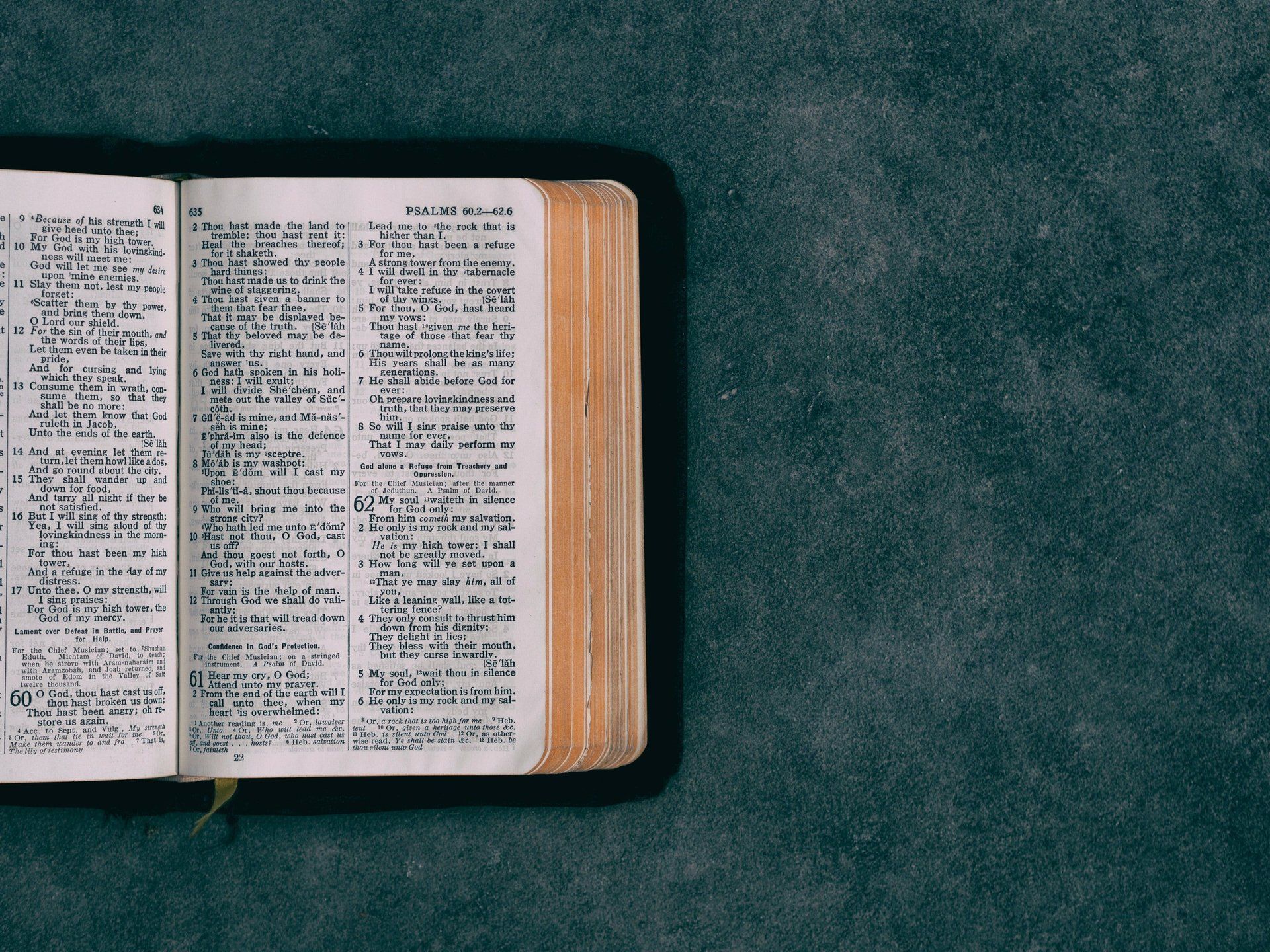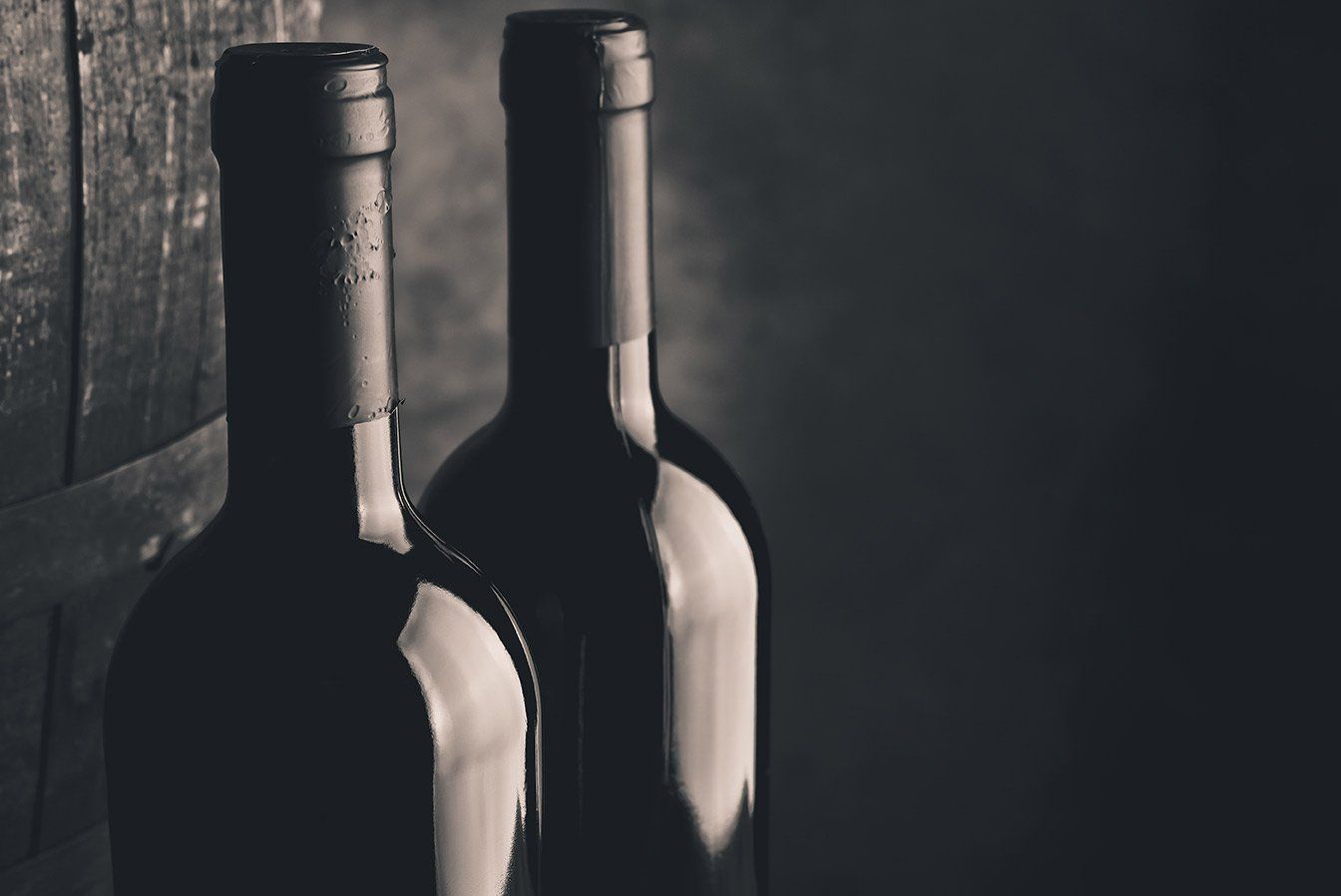Did you know? Potatoes are one of the main staples of Creole cooking. Let me tell you how that came to be. It all began on an overcast, hot humid day back in the early 15th century. Climbing the steps to the court of King Charles I is the now-sweating Spanish explorer named Gonzalo Jiminez de Quesada (1499-1579). He holds in his hands, wrapped in a silk cloth, a remarkable new food he’d recently been gifted from the Inca King Huáscar, something the Inca called ‘papas’. Touted as a magical food cultivated high in the Peruvian Andes, this little beauty was his gift to King Charles in lieu of the gold he was tasked to find but alas had not.
Upon presenting the silk bundle to Charles he was seemingly impressed but not as impressed as he would have been had Gonzalo actually found the gold of the mythical El Dorado. Gonzalo was instructed to plant the bushels of potatoes he’d brought back, and they subsequently became a huge hit. The Spanish believed that they were a kind of truffle and called them ‘tartuffo’. Much to the delight of King Charles, potatoes were soon a standard supply item on the Spanish ships; moreover, they noticed that the sailors who ate ‘papas’ (potatoes) did not suffer from scurvy. A once terrible plight endured on long journeys at sea.
Now we fast forward in our tale to a glorious dawn day in 1682. As the sun pokes its head above the horizon, the French explorer Robert Cavelier de La Salle lay peacefully asleep in his cabin aboard “La Belle”, he is suddenly awoken by the tremendous cry "Land ahoy!”. Sitting bolt upright he rushes out to lay his weary eyes on what he has been desperately searching for, a new world and more importantly for him, a new world of furs, for that’s how a fur trader makes his living. Please let this not be a dream he thinks and slaps himself for good measure. Nope, this is real! Relieved, he then yells “Man the boats”. Setting afoot on the new soil he triumphantly declares ownership in the name of King Louis the XIV naming the new territory La Louisiane. Unfortunately for France, they will eventually lose this newly acquired territory when in 1762 the Treaty of Fontainebleau is secretly signed in which the Kingdom of France “La Louisiane” is ceded to Spain.
It is at this point in time the Spanish bring with them the potatoes and with them, the culture of the Creoles is born. The Creoles are remarkable people of mixed heritage that came to life in this abundant new land. This new class of people were the result of the mixing of the bloodlines of freed West African slaves and French and Spanish settlers. They were to build in the new capital of La Nouvelle-Orléans a new world society that rivals the most cultured of European states at the time. Creoles become famous for their enthusiastic entrepreneurial spirit, remarkable farming techniques, fine food and exquisite musical talents. A testament to their success the creole culture is still very much alive and well and continues to flourish till this very day.
Chef Dylan Tips: Potatoes need a fair bit of room to cook in the saucepan so don’t cram them into a small saucepan. Cook the potatoes until they are almost falling apart, this is what gives them the super-soft billowy centre. Also, leave the skin on the potato.
Why not honour this remarkable food that began life high up in the Peruvian Andes and after centuries and having traversed across the globe try it with a Creole twist. This is a very easy recipe and with a little planning, you will soon be eating like an adventurer!
Prep time 10 mins
Cook time 50 mins
Serves 4
Ingredients
- 600g white washed potatoes
- 1/4 cup oil
- 2 tbs Creole*
- Sour cream
*Chef Dylan’s Gourmet Food Co. Creole marinade
Method
1. In a small bowl mix together the oil and Creole marinade until well combined
2. Fill up the kettle and boil.
3. Wash the potatoes and cut them into wedges roughly the same size.
4. Pre-heat oven to 190°C.
5. Place the potatoes in a medium-sized saucepan, pour in the boiling water from the kettle and cook until soft – about 15-20 mins until a knife goes through very easily but they don’t break apart.
6. Strain the potatoes and make sure to get rid of any water residue (you can place the strainer on top of the saucepan for a couple of mins).
7. Carefully pour the potatoes into a large bowl and gently coat the potatoes with the creole and oil mixture.
8. Line a large baking tray with baking paper and place the potatoes onto it, making sure there is a little space between each wedge so they can crisp up nicely.
9. Bake for 30-40 mins.
10. Remove and serve with a good dollop of sour cream.
MORE SCENIC NEWS
-
COMMUNITY CAMERA ALLIANCE – YOUR CHANCE TO HELP
Mar 28, 2024ButtonIt's essential for community members to remain vigilant and take steps to safeguard their properties and vehicle...
-
GALLERY’S $30,000 MAJOR ART AWARD RETURNS
Mar 28, 2024ButtonThe award, named after the sacred mountain which the Gallery overlooks, is open to artists living across the...
-
ANNE HOITINK – APRIL 2, 1945 – MARCH 15, 2024
Mar 28, 2024ButtonMigrated to Australia on 29 November 1952, aged 7 years. Going directly to the suburb of Reid in Canber...
-
KERRI: AN HONOUR TO FILL THE ROLE FOR DIVISION 2
Mar 28, 2024ButtonDuring the pre-poll part of the campaign, I was very grateful for the opportunity to be able to meet an...
-
DO HOP IN FOR A NEW MONTE LUPO EXHIBITION
Mar 28, 2024ButtonMonte Lupo was established by Multicap in 1991 to provide meaningful employment to people living with di...
-
GREAT SUCCESS FOR LITTLE ATHLETES
Mar 28, 2024ButtonRuby, Lily, Talia, Torah, Hugo, Leiawyn, Aric, Dean, Mitchell, Harvey and Noa; you all should be so proud ...
-
A NEW CHAPTER FOR WOLVES BASKETBALL
Mar 28, 2024ButtonAs the sun sets on an incredible experience, it's time for me, Adam Chanter, to say farewell as the Pre...
-
GRAND OPTIONS CATER TO MOST NEEDS AND TASTES
Mar 28, 2024ButtonFor weddings, services can be held in The Old Church, which stands as a proud member of architecturally sig...
-
BREACH OF CODE: RULING ON MAYOR CHRISTENSEN RAISES MORE VOTER CONCERNS ON ELECTION EVE
Mar 14, 2024ButtonAdditionally, Christensen is to bear his legal costs, with a warning that any future infractions will be classifie...
-
THE LONG ROAD SPORTS CENTRE AND REGIONAL SPORT - WHERE DO YOU STAND
Mar 14, 2024ButtonThe SRRC Sports strategy 2010-2020 is to be shortly superseded by the 2024 – 2034 SRRC Sports Strategy....
LOCAL BUSINESS
COLUMNS
-
Beauty & Wellness
ButtonWriter: Rebecca Mander - Naturally Cos
-
Community Care
ButtonWriter: Geoff Marshall
-
Embrace
ButtonWriter: Jaap Vogel
-
Food for Thought
ButtonWriter: Dylan Gittoes
-
Hooked on Books
ButtonWriter: Friends of TM Library
-
Living with Dogs
ButtonWriter: Pam Brandis (Dip. Canine Prac.)
-
Nature Notes
ButtonWriter: Nadia O’Carroll
-
Pastor Kim
ButtonWriter: Pastor Kim Dale
-
Physio Talk
ButtonWriter: Neil Bell (Tamborine Mountain Physique)
-
Police News
ButtonWriter: Sgt Mark Shields
Officer in Charge
North Tamborine Police
-
Politics
ButtonWriter: Local Councillors and Representatives
-
Relationships
ButtonWriter: Linda Gray
-
The Mtn Midwife
ButtonWriter: Bree Lowing (Registered Midwife)
-
Travelling Places
ButtonWriter: Travelling Places Tamborine Mtn
-
Wine chat
ButtonWriter: Imogen Mulcahy
-
Yoga Under the Bodhi Tree
ButtonWriter: Margot Wagner
Your Local Paper
to read, keep & share

Your Local Paper
to read, keep & share
CONTACT
PO Box 118, North Tamborine Qld 4272
Phone: 0407 671 286
Email:
news@tmnews.com.au
ads@tmnews.com.au
Design by BjornSchmal.com


















